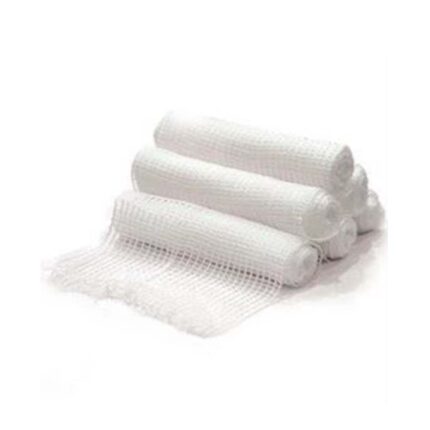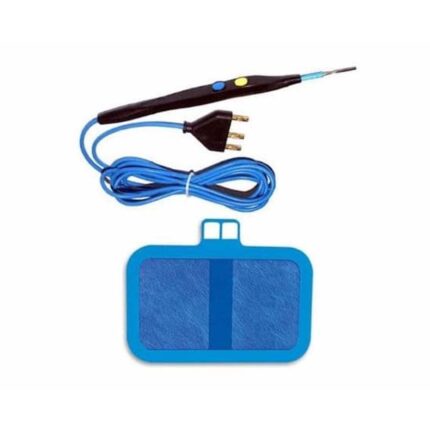Key Features of Gauze Rolls:
Absorbency:
- Gauze rolls are highly absorbent and are designed to soak up blood, exudate (wound fluid), and other bodily fluids from wounds. This helps to prevent infection and keeps the wound dry, promoting healing.
Breathability:
- The woven structure of the gauze allows for good airflow, which helps to keep the wound ventilated, preventing moisture buildup that could lead to infection or slow healing.
Soft and Non-Adherent:
- Gauze rolls are soft on the skin and typically do not stick to wounds, reducing the risk of further trauma when changing the dressing.
Sterile and Non-Sterile Options:
- Gauze rolls are available in both sterile and non-sterile options. Sterile rolls are used directly on open wounds, while non-sterile rolls can be used for secondary dressing or other less critical purposes.
Variety of Sizes:
- Gauze rolls come in various lengths and widths, allowing them to be used for wounds of different sizes and in different locations on the body.
Common Uses of Gauze Rolls in Medical Settings:
Wound Dressing:
- Gauze rolls are often used to cover and protect wounds, especially larger or irregularly shaped injuries. They can be layered over a primary wound dressing to hold it in place and provide additional protection.
Absorption of Fluids:
- Due to their high absorbency, gauze rolls are used to manage wounds that produce a lot of exudate, such as burns, surgical incisions, or deep cuts. The gauze absorbs the fluid, helping to prevent maceration of the surrounding skin.
Bandaging and Compression:
- Gauze rolls can be wrapped around limbs or other body parts to secure wound dressings, provide light compression to reduce swelling, or protect the area from further injury.
Burn Care:
- For patients with burns, gauze rolls are used to protect the damaged tissue, absorb exudate, and prevent infection. Their soft texture is gentle on sensitive skin and burn wounds.
Post-Surgical Dressing:
- After surgery, gauze rolls are frequently used to cover and protect surgical incisions. They help keep the wound clean and allow for proper healing.
Advantages of Gauze Rolls:
Versatility:
- Gauze rolls are versatile and can be used on a wide variety of wounds, from small cuts to large surgical incisions, as well as for general bandaging and protection.
Cost-Effective:
- Gauze rolls are inexpensive and readily available, making them an economical choice for hospitals, clinics, and home care settings.
Flexible and Easy to Use:
- The flexibility of gauze rolls makes them easy to apply to wounds on any part of the body. They can conform to irregular shapes and stay in place with minimal effort.
Promotes Healing:
- By keeping wounds clean, dry, and protected, gauze rolls create an optimal environment for healing and reduce the risk of infection.
Considerations:
Changing Dressings:
- Gauze rolls need to be changed regularly, especially when they become saturated with fluid. This helps prevent the buildup of bacteria and reduces the risk of infection.
Non-Adherent Options:
- In some cases, regular gauze may stick to wounds, causing pain during dressing changes. Non-adherent gauze rolls or additional layers of non-stick dressings can be used to mitigate this issue.
Sterility:
- When dealing with open wounds or surgical sites, sterile gauze rolls should be used to prevent contamination.
Gauze rolls are essential components of wound care, offering protection, absorbency, and versatility in various medical situations. From minor injuries to post-surgical care, gauze rolls help ensure wounds are properly covered and kept clean, promoting faster and safer healing.












Reviews
There are no reviews yet.